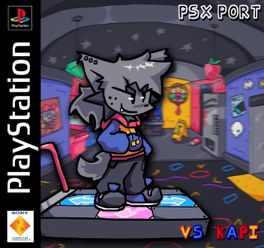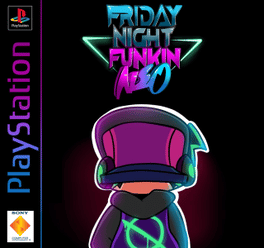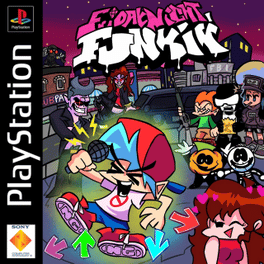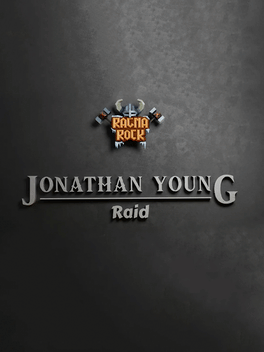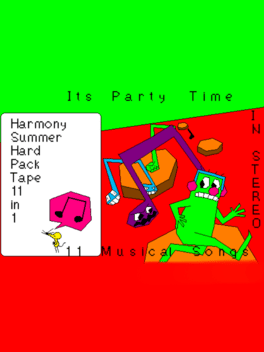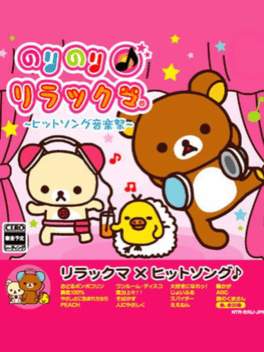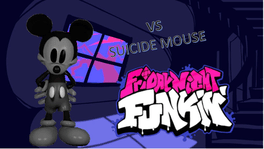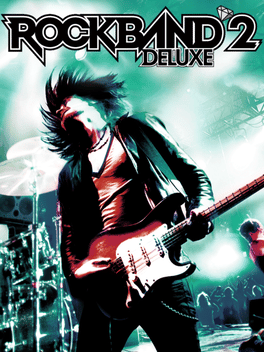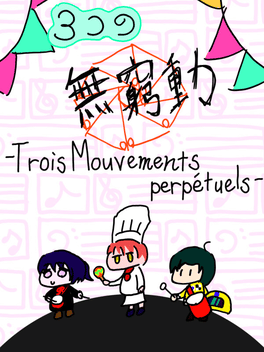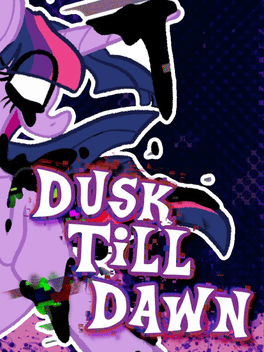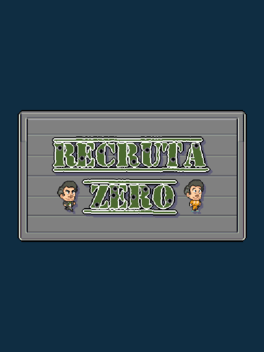Most Popular Playstation Games - Page 50
-
Just Dance 2015 China and Just Dance 2017 China Combo Pack
A combo pack with Just Dance 2015 China (舞力全开2015) and Just Dance 2017 China (舞力全开2017) The only version we know of is for Xbox One -
PSXFunkin'
2021
-
Ragnarock: Jonathan Young Raid
2023
The Jonathan Young Raid DLC is the latest major update to the 2021 rhythm game. It follows June's Sabaton Raid which added six new tracks from the Swedish band like Seven Pillars of Wisdom and Night Witches. -
QQ Dazzling Dance
2008
-
Vs Suicide Mouse
2021
Vs Suicide Mouse
2021
Vs Suicide Mouse is a mod by gamepro_25. It is based on the creepypasta "suicidemouse.avi". -
Heaven Studio
2024
Heaven Studio
2024
Heaven Studio is a tool to create playable Rhythm Heaven custom remixes, with many customization options. This title was delisted from GitHub and Itch.io per a DMCA takedown. -
Friday Night Wumpin' vs. Crash
2022
Woah, what weird experiment did Cortex do this time ? Crash has yet again found himself on N.Sanity Beach, but this time, there's two unfamiliar faces that greet him ! -
Rock Band 2 Deluxe
2022
Rock Band 2 Deluxe
2022
Rock Band 2 Deluxe is an improvement mod for Rock Band 2, which enhances the look of the game and adds various quality-of-life upgrades. -
This Is How U Look Saying This Shit
2023
This Is How U Look Saying This Shit is a mod for Friday Night Funkin' by phantasmuh that is based on the Boykisser meme. -
Trois Mouvements Perpétuels
2024
Three games about music. One alone is light, short and weak, but the three allow you to enjoy the consistency of ideas. -
The Amazing Digital Funkin'
2023
The Amazing Digital Funkin' is a parody Friday Night Funkin' mod based around The Amazing Digital Circus. In the mod, Boyfriend goes against Pomni and Jax. -
Dusk Till Dawn
2022
Dusk Till Dawn
2022
Dusk Till Dawn is a Friday Night Funkin' mod featuring a corrupted version of Twilight Sparkle facing off against Boyfriend & Pibby. -
Friday Night Funkin': vs.Tails Doll
2021
After BF founds his old Sega saturn he decides to play oone of the few games he has. untill he encounters a familiar but creepy foe after breaking a seal on the game. -
Friday Night Funkin': vs. Impostor - Human Hijinks
Friday Night Funkin': vs. Impostor - Human Hijinks is a re-envisioning of Friday Night Funkin': vs. Impostor by Clowfoe, turning the Among Us crewmates and impostors into humans. -
The Little Mermaid: Visual Harmony
2023
Immerse yourself in a magical tale with dazzling illustrations as you live a new adventure in the underwater world of The Little Mermaid. -
Recruta Zero
2022
Recruta Zero
2022
Help Maçonaro find his way to the Hague tribunal. A disastrous government full of chloroquine and Viagra with a climate of famine and genocide. Recruta Zero encourages hatred in the population, leaving the country full of cracks.
